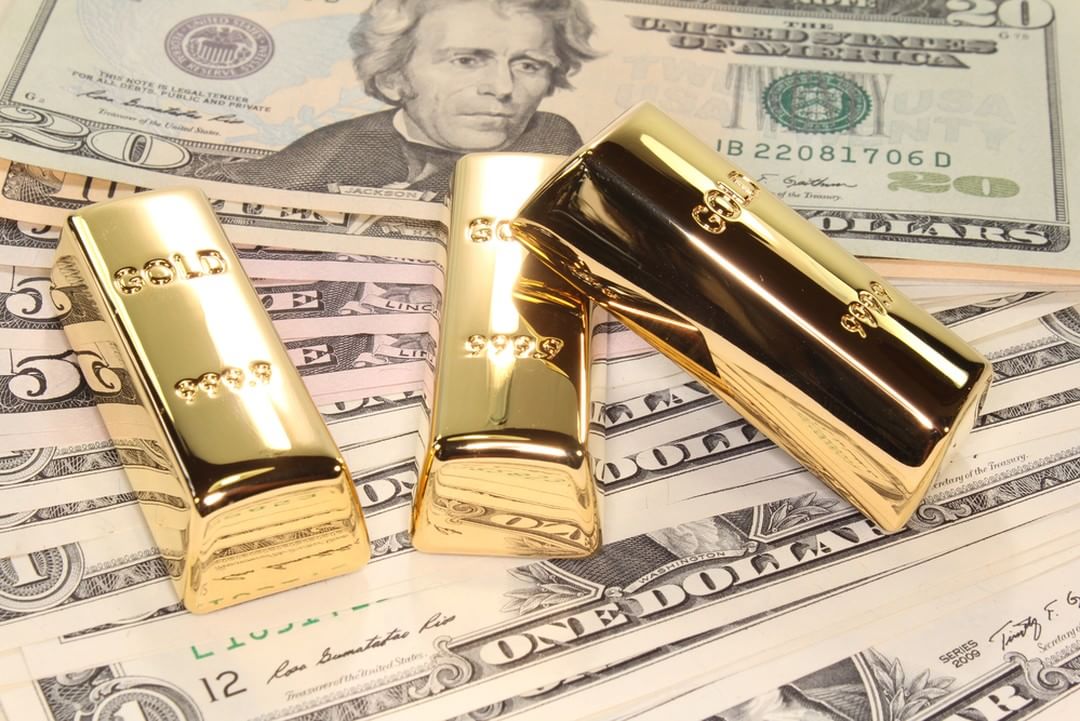
Hello there, In this post I will examine, how do banks make money on your deposits.
If you are like most Americans you probably have a bank account. Every time you get paid by your employer or a customer, your paycheck or money transfer goes to the bank. Truth is, we all have a bank account, even those unfortunate enough to live on welfare.
Why People Keep Their Money in a Bank
1-To earn interest. Even though banks do not pay top dollar on their high-interest savings accounts, getting something is better than getting nothing.
2-No Federal Insurance Protection. Federal insurance covers up to $100,000. there is no protection for that money inside your house.
3-Money is protected from theft and fire.
Banks have the responsibility to look after our accounts, deposits, withdrawals, money transfers, e-banking, and so on. All these services come at a cost. So, who is actually paying the banks to look after your money? You are!
How do Banks Make Money on Your Deposits
Banks cover these costs in three primary ways.
- Charging Fees
- Imposing Interchange
- Loan Interest
What Are Bank Fees
Banks can and do charge their customers a large number of fees. Some of them are.
- Late payment fee
- Overdraft fee
- Account maintenance fee
- ATM fees
- Commission fees
- Returned deposit fee
- Foreign transaction fee
- Lost card fee
- Minimum balance fee
In 2016 Bankrate estimated that consumers paid an average of $4,57 every time they withdrew money out of an ATM.
In 2016, the three largest banks in the country made over $6 billion out of ATM and overdraft fees alone.
What is an Interchange Fee
In addition, one of the biggest fees they collect, and not many people know is not paid by you. It is paid for by the store you shop at. Every time you go to the supermarket, the restaurant, or even the local deli and you pay with a card, the store is charged an interchange fee. Some of that fee is paid to the deli’s bank but, most of that fee is actually paid to your bank.
Interchange Fee Definition
Interchange fees are fees that the merchant’s bank account must pay every time a customer uses a credit or a debit card to make a purchase for their business
The stores have no other option (if they do not they will see a large drop in their income) than to accept. They must pay the interchange charge.
Loan Interest Policy
When your money is in the bank it doesn’t just sit there for you to use anytime you want.
Banks use your money, to make more money for themselves
They offer loans, car loans, home loans, education loans, investment loans, and so on, and they charge interest on these loans. Let us assume that a person needs money to buy a car. That person will apply to the bank for the loan. The bank will take the money from its customer’s deposits to purchase the car.
In exchange, that person will have to pay back the bank with interest. This process allows the bank to make thousands of dollars in profits.
If you consider that millions of people are taking bank loans all across the country then, the interest on all these loans adds up to billions of dollars. In reality, you are depositing your money in the bank and the bank loans it to other people.

The Bank of America Example
In 2016 Bank of America had $860 billion in deposits. They lent that money out and that year they made 44,8 billion in interest only. The depositors for the benefit of using their money only got 1,9 billion in interest.
Nonetheless, just because the bank is loaning your money to other people, it doesn’t mean you do not have full access to it.
What is the Reserve Requirement
Reserve requirement is the total amount of funds banks must have available every day. In the US banks should maintain at least 10% of their deposits available for their customers.
These funds are kept aside to deal with people’s everyday needs and rights, to withdraw their money. Banks aren’t an investment vehicle but they are a place for you to keep your money safe and have it easily available to pay bills and for emergency situations.
When interest rates are lower than inflation putting money in the bank is not wise. That is because the money bank will pay you back, in exchange for putting your money there, will not be enough to keep up with the rate at which money loses value. That means your money will be worth less in the future.
Furthermore, it will not be sensible to keep more than $100,000 in a bank account. That is because Federal Insurance protects up to $100,000. If your bank goes bust, as Lehman Brothers did, then anything over the $100,000 mark will be lost forever.
Final Words
Banks are making money using our deposits and at the same time by utilizing several other ways. We should be aware that all these hidden costs are been paid by us because, in the end, the bill comes to every single one of us.
Nevertheless, keeping money in a bank account nowadays is not advisable. The interest rates are way too low and inflation is sky high. I am afraid the money kept in a bank now, will have significantly less buying power in the next year.
At this moment there are still some alternative ways to invest and make sure you will not see the value of your money depreciate.
I hope the How Do Banks Make Money on Your Deposits post has been useful to you. If you still have any questions feel free to let me know in the content section.


